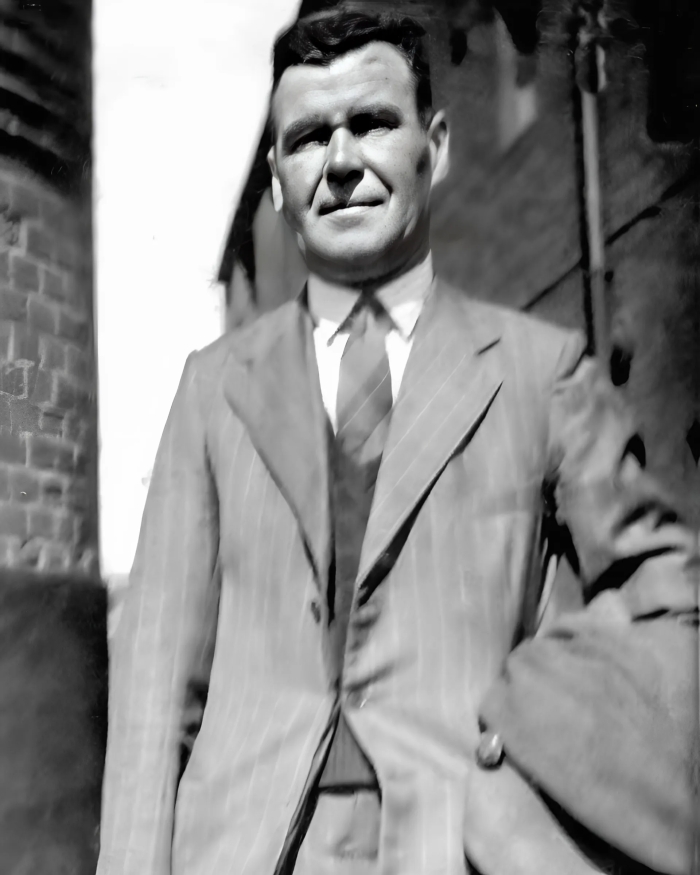
My father Philip McNally worked for James W Cooks Tankers, with offices in Bowlalley lane in Hull. The manager was called Mr Cobby. The firm’s main operations were shipbuilding and lighterage at Wivenhoe in Essex. They established the oil tanker barges side of the business at Hull many years ago. All of their barges were named after birds. Most of the barges that worked the River Humber were built at Richard Dunston’s of Thorne on the Keadby Canal. The last barges to be built at Wivenhoe were the Blackbird, Blackmartin, Blackcap, Seagull, Redshank and Dunlin.
My first encounter with barges was in 1949 aged seven years old when I was allowed to go with my Dad on his barge called the Albatross C. At this time, life on the barge was all day every day, very little time was spent at home, and I soon found out how hard a life it was. I remember my first trip as if it was yesterday.
My Dad was waking me up from a deep sleep at four o’clock in the morning, I had never seen four o’clock before so that was an all-new experience, and one I was to repeat many times in my life. After a bowl of cornflakes I dressed and we set off to catch the five o’clock bus for town, little did I know I had to walk nearly two miles to the bus stop. Keeping up with my Dad was an effort, but eventually we arrived at the bus stop on Preston Road, for the No. 45. It was the first bus in the morning, and it was full of people all going to work. Who knows where, or what work they did was anyone’s guess.
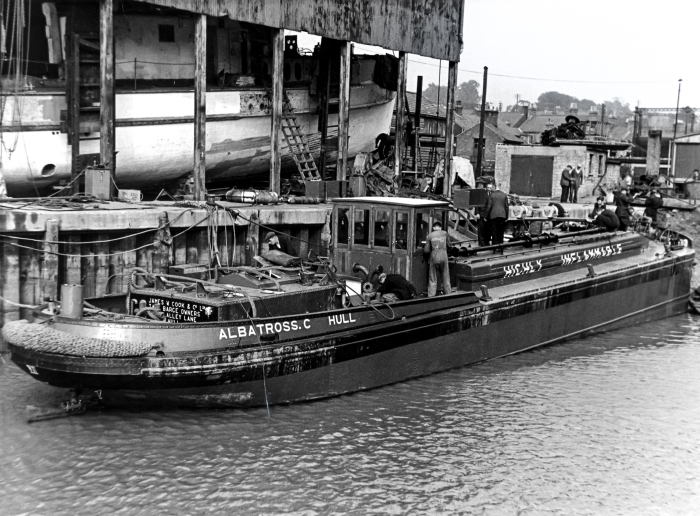
After twenty minutes or so my Dad rang the bell for us to get off the bus, it was the first bus stop over Drypool Bridge at the top of High Street. We got off and walked on the cobbled surface of High Street with the sound of hob nailed boots ringing out as men were going to work and the smell of fresh baked bread drifting towards us down the street. As we reached Scale Lane there were other bargees making their way to the Old Harbour. We called at Charlie Foster’s shop on Scale Lane for some provisions. Charlie was a gentleman, larger than life, framed by the doorway he stood in. Dressed all in white, and his face the colour of his clothes, he had been busy baking bread all morning at the back of the shop. This was the source of that wonderful smell and reminded me of my mother baking in our Yorkist range at home.
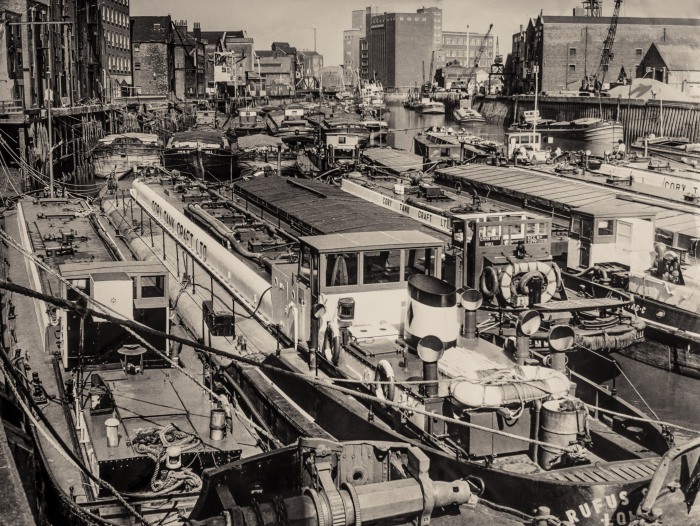
From the shop we walked the short distance to the harbour side. The harbour was full of barges of all sizes. There were two men that made up the crew of my Dad’s barge and two other men who worked a dumb barge were there waiting for us. I don’t remember the names of the men bar one, his name was Bill Marshall, and his nickname was Dinks.
It was tide time but the barges had not floated yet. I wondered how we were going to get from the jetty to the barge, there was a six foot gap from the jetty to the first barge – a lighter – and that was fifteen foot down in the mud of the river.
The next thing I saw was Dinks going down the ladder fixed to the jetty, he must have done this many times. When he got half way down the ladder he jumped on to the hatches of the lighter, then, after making his way to the Albatross he came back with a footing plank which he placed from the lighter to the ladder, spanning the muddy gap. My Dad told me to get on his back and to put my arms round his neck saying don’t let go, as if, and when we reached the footing plank Dinks was there to take me from my Dad’s back and on to the deck of the lighter. After a clamber over a few barges we were on the Albatross. I was taken into the wheelhouse and told to stay put and I duly obliged. The River Hull was coming alive with the sound of men shouting over the roar of the engines being fired up. The crews were letting go of the other barges having been moored to them overnight, the tide was beginning to flow and the Albatross was released from the mud of the river.
I think the dumb barge was called the Guillemot C. It was made fast to the Albatross by a long tow wire and spring, the spring being a heavy section of a thick rope about six feet long with an eye in each end. One was fixed with a shackle to the wire, with the other to the towing hook on the Albatross. Before leaving the confines of the River Hull the cabin hatch had to be battened down with a made to measure waterproof cover, held in place with wooden wedges.
Once in the Humber and the tow rope played out, that would be the last time the crew of the Albatross would talk to the crew of the Guillemot until they reached Cromwell Lock on the River Trent many hours away.
The Humber was choppy with waves breaking over the bows. As there was only two feet of freeboard the wave ran the full length of the deck and the water would enter the wheel box through the chain holes for the steering gear. I was ok sat on a stool, and my father stood on a wooden stage which meant his feet were clear of the water.
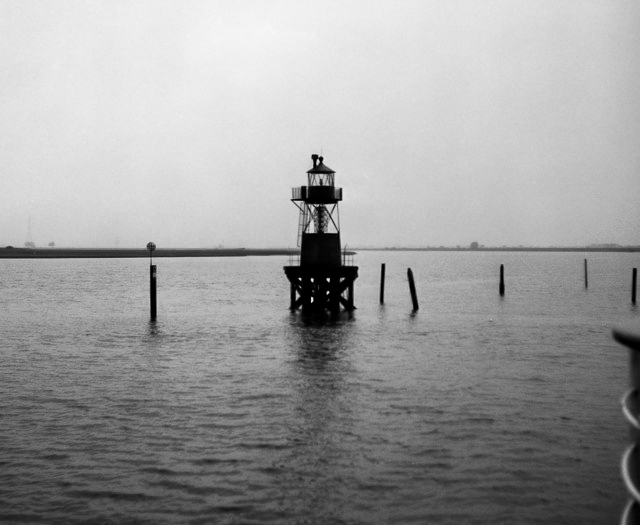
This would continue until we reached the Apex; the entrance to the River Trent where it meets the Ouse. We were heading up the Trent and calmer waters.
Nottingham was a four day round trip. I watched everything that was going on with interest. My Dad had a note book in the wheelhouse where he kept compass courses every trip, from channel buoy to channel buoy and on every different tide. This was in case they were caught out in fog, which often happened, and I must say it worked pretty good. The barges were very sparse for three men to live on. The cabin consisted of three bunks that were hooked up to the bulkhead to allow room to sit at a drop down table for meals. The only thing to cook meals on were two Aladdin paraffin stoves, fresh water was in short supply and kept in a 40 gallon tank on deck, which could ice up in winter.
I remember one trip to Nottingham, as we approached Lanham there were a couple of barges not going anywhere, the river was so low they had ran aground, my father tried a different part of the river, but our luck had run out and we joined the other barges having to wait for the next spring tide to float us, but that was two days away. It turned out to be a long trip, I loved it, but I’m not sure my father did.
I saw herons building their nests high up in the trees at Farndon Ferry, not something you see on a council estate in East Hull. I was learning more and more every day and more than could be said for my school work. Newark was the only place you could replenish provisions between Nottingham and Hull, there was plenty of time to do just that as Newark was a bottleneck on the river to Nottingham. You could only pen one barge at a time up or down. Once through Newark it was plain sailing to Colwick just outside Nottingham and our discharge point. I learnt to swim in the Trent at Colwick. While we were waiting for our turn to discharge, Dinks would tie a rope around me, put me in the water and walk up and down the deck while I practiced my dog paddle. On the way back from Nottingham, if the tides were right we would bypass Hull and go straight to Killingholme Haven on the south bank of the Humber to reload. Sometimes the barges would be left in the haven, and we would catch the train to New Holland and from there board the Lincoln Castle or Tattersall Castle ferry so the crews could have a night at home. The down side was the dreaded five a.m. bus to catch the six a.m. ferry and another long walk for my short legs. We then caught the milk train which passed Killingholme Haven, and the next trip could begin.
James Cooks were at the back of the queue when it came to carrying capacity with their barges and having to tow dumb barges, so in the late fifties they converted most of their dumb barges to power with 60HP Lister engines. On one of the converted dumb barges, the Bittern C – the forecastle became the cabin, the cabin became the engine room. When I went on a trip on the Bittern C I had to sleep under the table, as there were only two bunks, and as soon as my dad got up in the morning I jumped into his bunk.
Over the next few years I would spend my Easter and the summer school holiday with my father on his barge, going to Nottingham or Leeds. I left school at 15, and at 16 I was travelling the world in the Merchant Navy so my trips with my Dad had come to an end. My time with my father on the barges, I will always remember as good times, which were not so good after the war years. It was a hard life for all the barge crews with more time spent on the barges than at home.
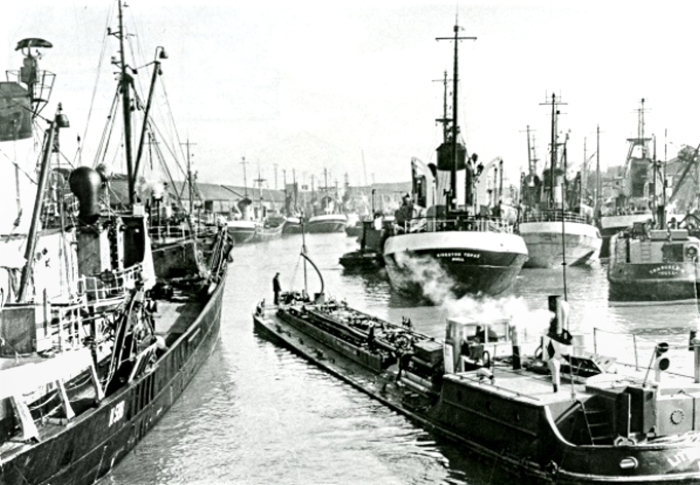
When I returned from the Navy in 1964 I started work with my father at Cory (Tank) Lighterage on a power tanker barge called the Littondale H, purchased from John Harker’s of Knottingley. It was built to carry heavy fuel oil for bunking ships and the trawler fleets of Hull and Grimsby as well as taking heavy fuel oil to the oil depot at Leeds (on the site of the Royal Armouries). Heavy fuel oil was being phased out as the side winder trawlers converted to diesel, as was every other industry that used it, so the Littondale was sold again and converted to carry sand and gravel from the River Trent.

My dad and I went on to work on the Starling C which carried 90 ton of light fuel oil. The Starling C was one of the last of James W Cook’s barges. It was originally built for towing dumb barges, and was the last of their barges to have the engine room controlled by telegraph from the wheelhouse. The engineer had to sit-in the engine room hatch way when navigating up and down the canal to change whatever command was given from the wheelhouse.
In 1963 Cory’s had two tanker power barges built at John Harkers; the Rufus Stone and Rebus Stone. The Battle Stone followed in 1968, but the oil tanker work was changing. The Cod War saw the demise of the fishing industry on the Humber, the number of barges were being reduced as the crews went from three men to two and work was getting less and less with the road and railways carrying more oil and pipe lines being laid across the country.
There were other jobs to do such as the ones at Cook’s Hill, at the mouth of the River Hull. One job was to get the residue oil from the cargo tanks. When a barge had a cargo of petrol and the next cargo was diesel, the petrol had to be cleaned out.
There was no health and safety in those days, I had a flimsy mask made of leather with straps to keep it on my face, attached to the mask was a long pipe which went up on deck so you could breathe. The residue petrol was scooped up with a brass shovel and put in a brass bucket then pulled up on deck to be put in a 45 gallon drum.
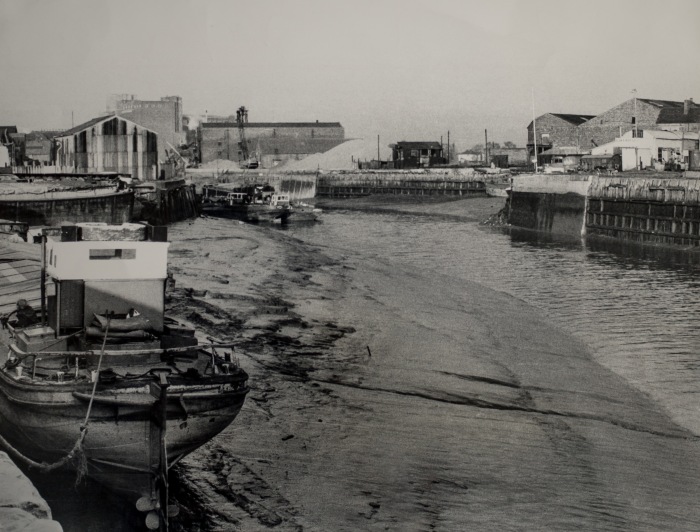
My Dad was the skipper on the Rufus Stone en-route to Nottingham when he had a stroke, and the crew didn’t realise as they took it in turns to turn out in a morning. It was some time later when they wondered why he hadn’t turned out and checked, and they found him in a bad state. It wasn’t until they reached Nether Lock at Newark when they could get help. He never worked again.
In 1969 I was made redundant from Corey Tank Lighterage. I did a couple of bit jobs, one with Hunts of Leeds and then with Dave Cooks in Hull. In 1974 l managed to get a job with John H Whitaker’s (Tankers) Ltd on a barge called the Humber Navigator which had been converted from carrying sand and gravel. In 1976 John Harkers and Cory (Tank) Lighterage announced they were ending operations on the Humber, which left John H Whitakers to take up the reins. They took over most of Harkers and Cory’s craft along with the crews.
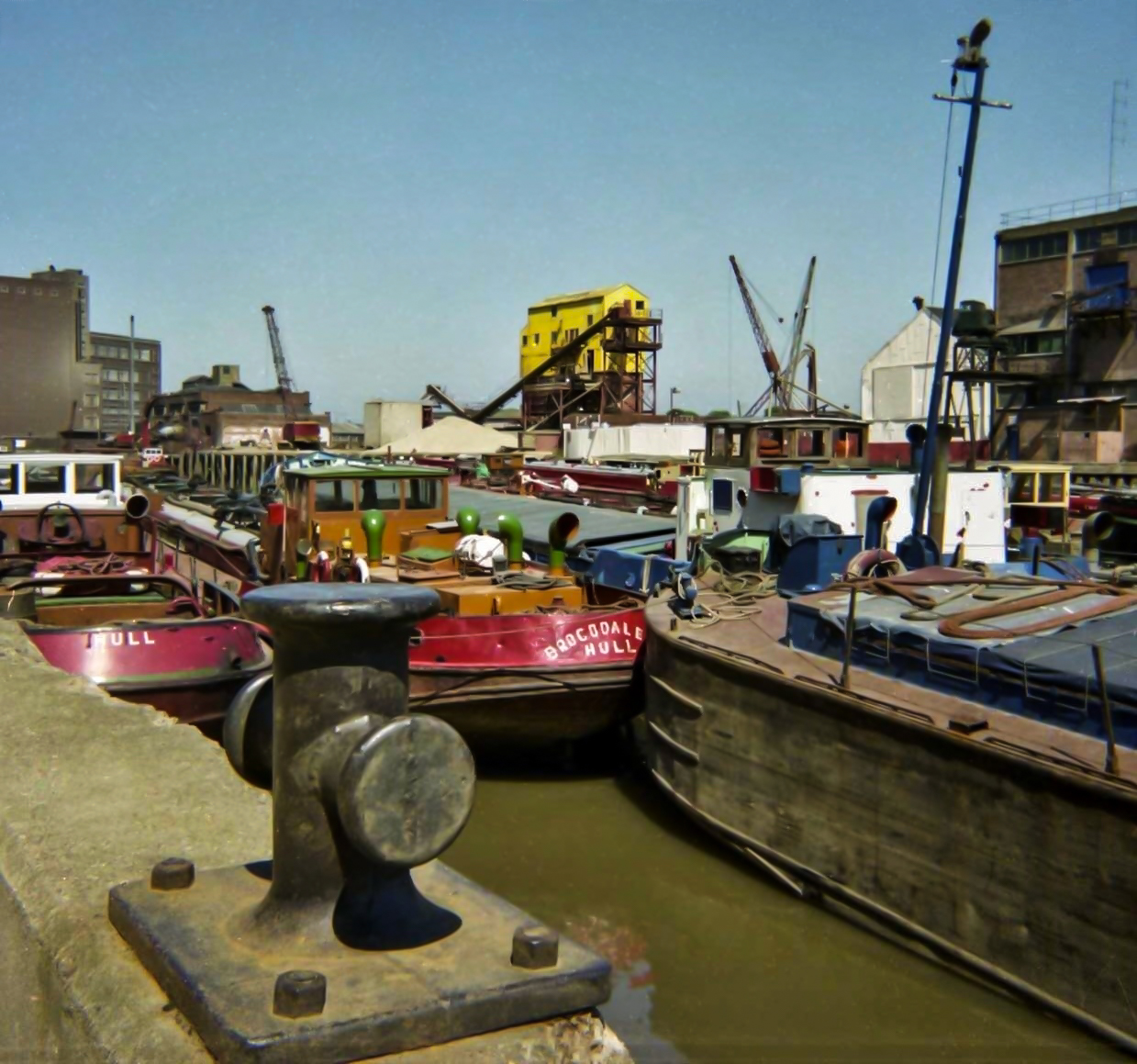
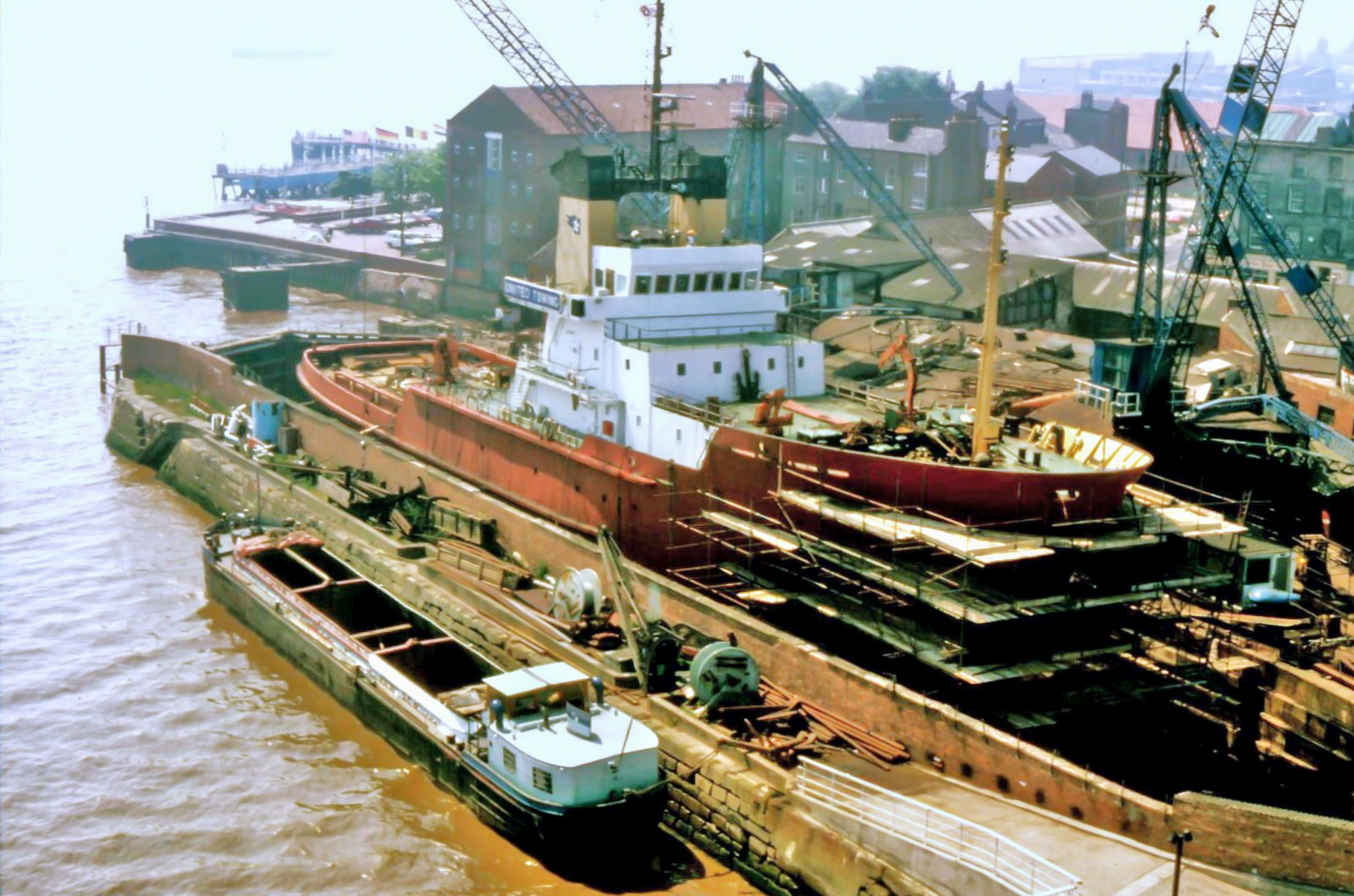
John H Whitakers set out on building the largest barges that could navigate the Aire and Calder Navigation at 200ft long which could carry 440 ton to the heart of Leeds; the Humber Princess, Humber Progress, Humber Pride, Fleet Endeavour and Fleet Enterprise. I finished at John H Whitakers in 1985, my last barge, the Humber Pride.
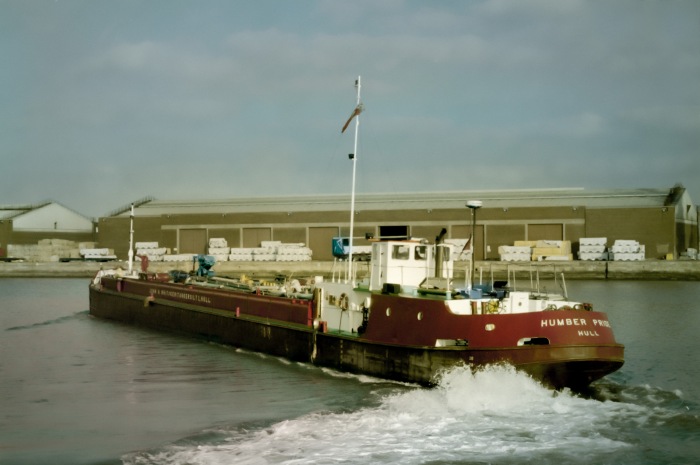
Memories, what would we do without them?
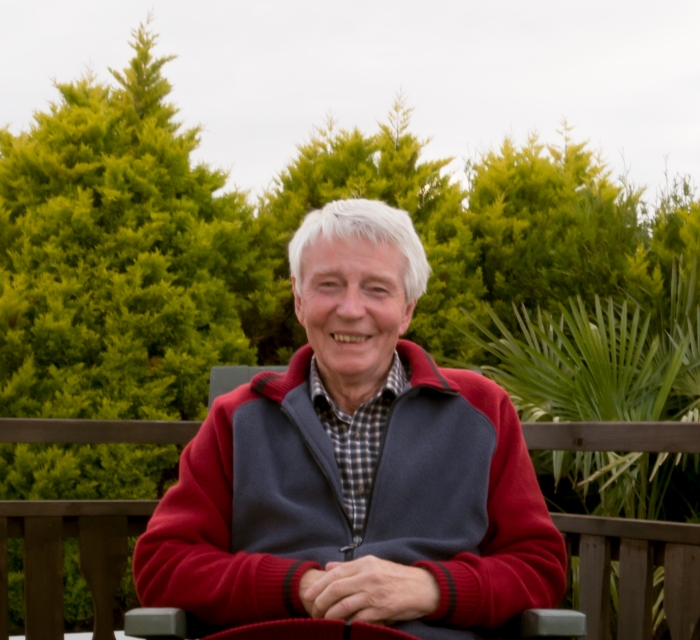
Photograph credits: Phil McNally and the Littondale H are from the collection of GM McNally. The Crowded River 1971, The Old Harbour 1972 and Cook’s Hill 1976 are all from the Hull Daily Mail Archive and used here with permission and thanks to Angus Young.
Thanks to Les Reid and the Nottage Maritime Institute at Wivenhoe for permission to use their photograph of the Albatross C.
Trent Falls LIght is © Copyright Dr Neil Clifton and licensed for reuse under creativecommons.org/licenses/by-sa/2.0 and the two colour photographs of Cook’s Wharf and the Old Harbour 1978 are both copyright Bernard Sharp. Bernard’s photographs are featured on this site with permission and under licence (creativecommons.org/licenses/by-sa/2.0).
A perfect rendition of a particular life and of a span of years –
precious because it is unique and unrepeatable. These passing fragments of our reality are too easily lost – but in this case captured and curated for ever.
Thanks
LikeLike
A perfect rendition of a particular life and of a span of years –
precious because it is unique and unrepeatable. These passing fragments of our reality are too easily lost – but in this case captured and curated for ever.
Thanks
LikeLike
A perfect rendition of a particular life and of a span of years –
precious because it is unique and unrepeatable. These passing fragments of our reality are too easily lost – but in this case captured and curated for ever.
Thanks
LikeLike